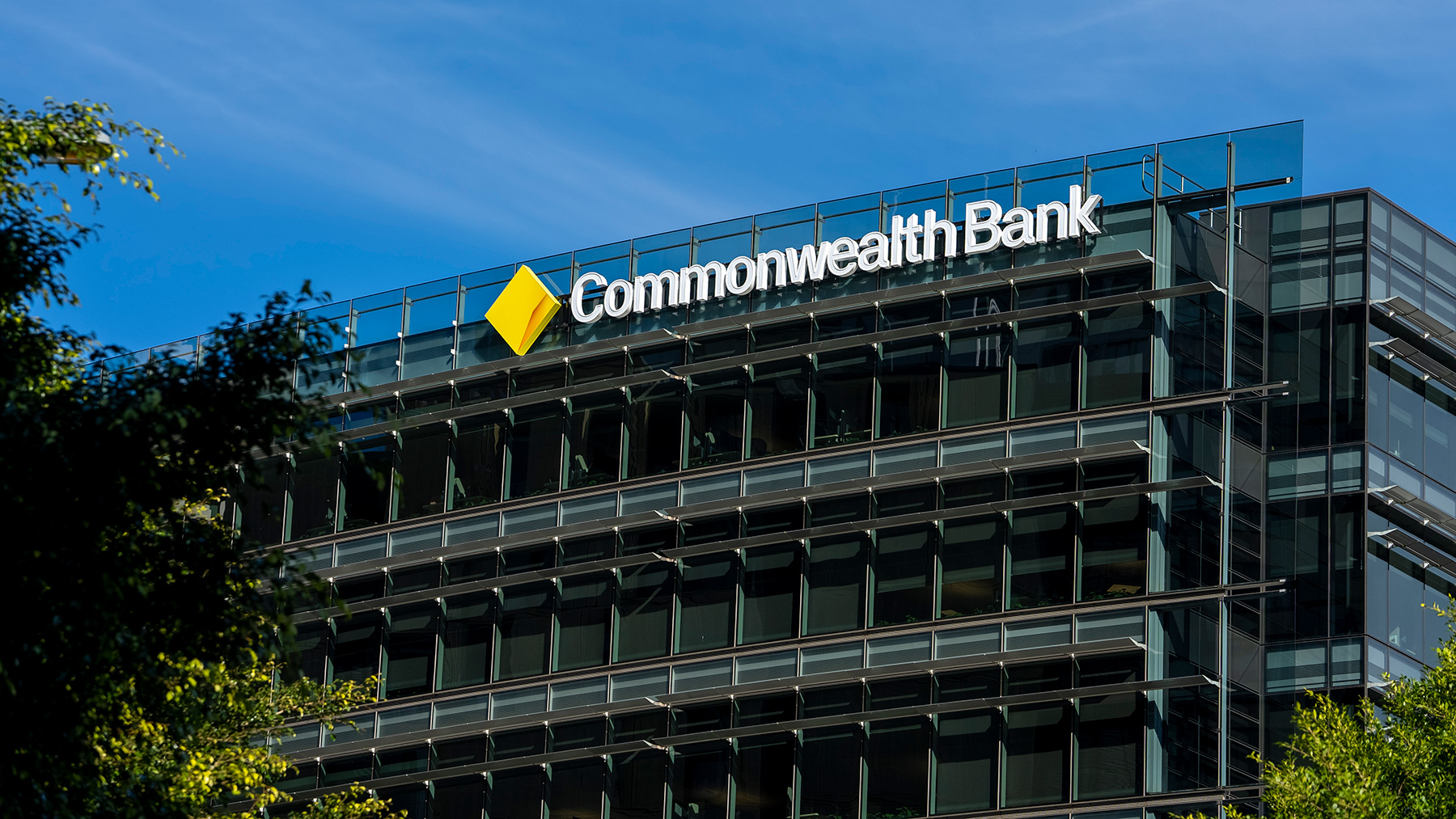Net interest income was 2% lower than the quarterly average of 1H23, with volume growth offset by lower net interest margins primarily from continued competitive pressure in home loan pricing and customers switching to higher yielding deposits. Competition for home loans has remained intense in Australia and New Zealand. Non-interest income was 11% higher, primarily driven by higher trading income and the non-recurrence of losses from equity accounted investments in the prior half.
The Bank’s franchise strength, customer focus and consistent operational execution delivered volume growth across our core products in the quarter. In the Retail Bank, transaction account relationships have continued to grow strongly with 463,000 new retail transaction accounts opened in the quarter, up 33% on the prior quarter, this included a significant number of new migrant transaction accounts which were opened in the quarter, ~50% higher than pre-COVID levels. Home loans grew $6.9 billion, at 1.0x system for the 12 months to March 2023, with a focus on retaining existing customers in a highly competitive market. Excluding strong growth in our new digital-only proprietary offering, Unloan, and Bankwest, CBA grew at 0.8x system. Household deposits also grew $6.2 billion in the quarter.
The Bank’s investment in the Business Bank continued to deliver strong franchise outcomes. New transaction account openings remained strong, with over 1.1 million business transaction accounts. The Business Bank now contributes ~40% of Group cash NPAT.
Operating expenses excluding remediation reduced by 1% from the quarterly average of 1H23, due to lower staff costs, partly offset by higher IT costs, marketing spend and New Zealand flood relief payments.
Operating performance was flat on the 1H23 quarterly average, up 2% after adjusting for day-count.
Key credit quality indicators remained low notwithstanding a modest increase in consumer arrears and Troublesome and Impaired Assets (TIA). Loan impairment expense was $223 million in the quarter, or 10bpts of average Gross Loans and Acceptances.
Home loan arrears remained low at 0.44% reflecting low levels of unemployment and stability in savings buffers. Consumer finance arrears increased marginally during the quarter but remain low relative to long run average loss rates. Further increases in arrears rates are expected, as the full effects of interest rate increases are borne by borrowers in the months ahead.
TIA were higher at $6.7 billion or 0.47% of Total Committed Exposures (TCE), mainly driven by increases in the construction and commercial property sectors.
Total credit provisions were $5.7 billion, with a slight increase in collective provisions to $5.0 billion and an $82 million increase in individual provisions to $0.7 billion largely reflecting single name exposures in the construction industry.
CET1 (Level 2) ratio of 12.1% under APRA’s revised capital framework, unchanged in the quarter, after organically generating $3.4 billion of capital and the payment of $3.5 billion in 1H23 dividends to over 860,000 shareholders. This represents an $8.7 billion capital surplus to the minimum regulatory requirement.
Balance sheet settings remained strong in the quarter, with customer deposit funding remaining flat at 75%, and the proportion of short term wholesale funding is well below historical levels. Long term wholesale funding remained conservative. Good progress has been made on FY23 funding requirements, with approximately $31 billion of new long term wholesale funding issued since 30 June 2022 to 31 March 2023 across multiple markets and products, despite volatile financial market conditions.
Matt Comyn, CBA’s CEO, said that the Bank remains committed to supporting customers through this challenging time as they feel the strain of higher interest rates and the rising cost of living.
While economic growth is expected to moderate, Australia is well positioned to deal with the domestic and global challenges given the country’s strong banking system and other economic tailwinds such as population growth and relatively high commodity prices, he commented.
“We remain positive on the medium-term outlook,” he said. “The strength of our balance sheet means we are well placed to continue supporting our customers and the broader Australian economy while delivering sustainable returns to our shareholders.”
Media assets




